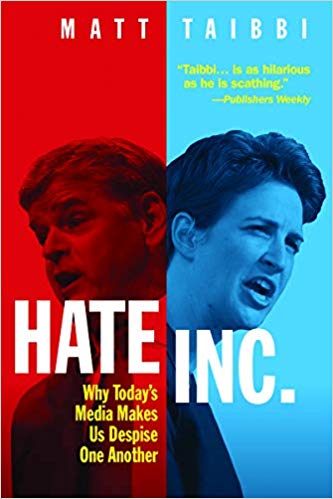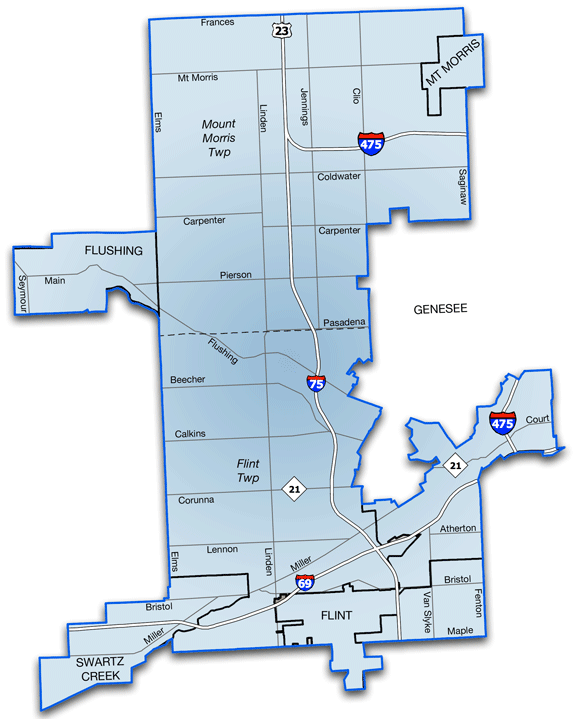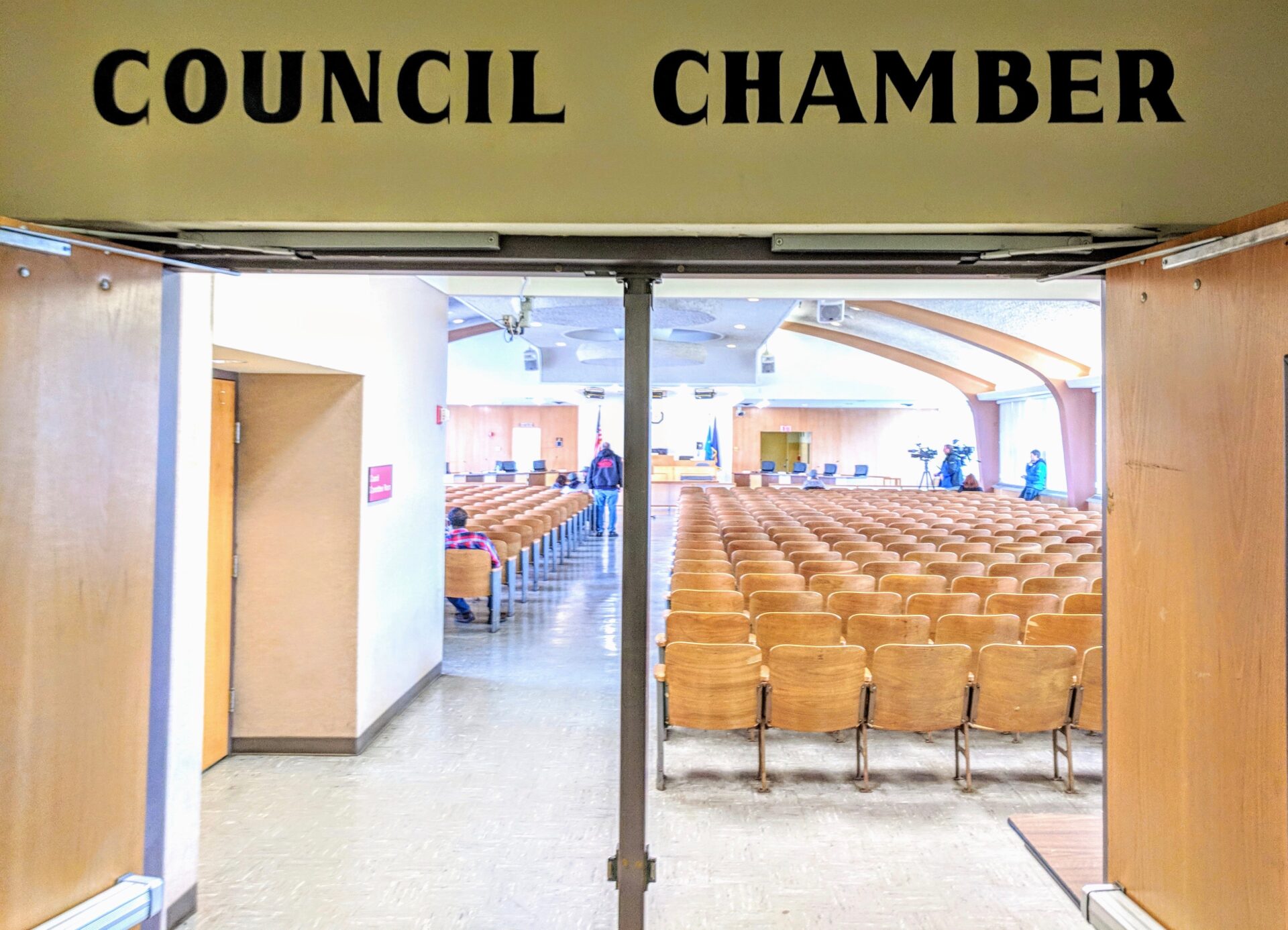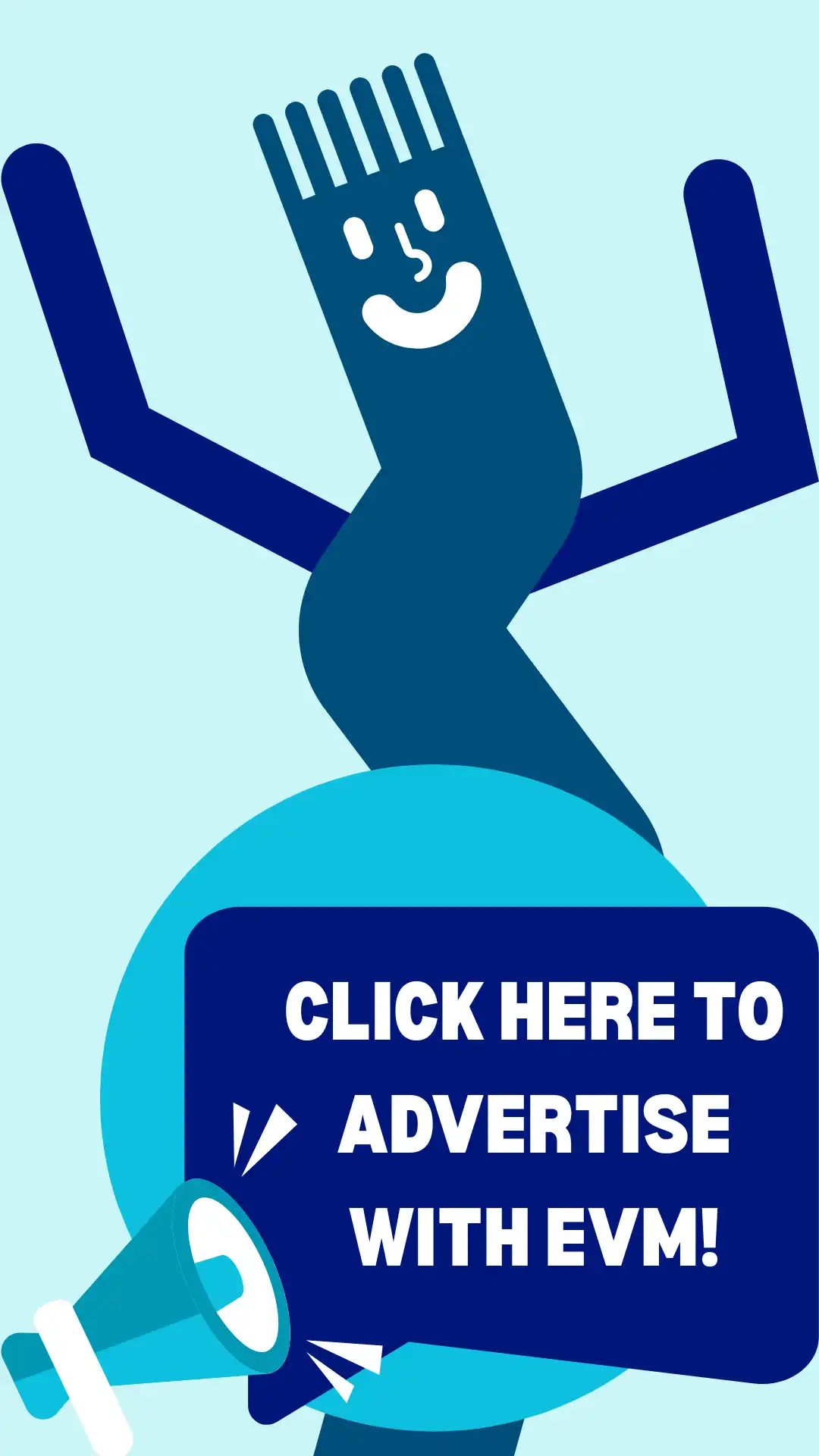By Robert Thomas
Matt Taibbi’s book Hate Inc. and the Discovery Channel’s six-episode series Why We Hate makes for an informative multi-media journey along the trail of human hatred.
Hate Inc. examines why today’s media makes us despise one another.
Why We Hate examines causes of hatred using scientific tools like evolutionary anthropology, cognitive science, and neuroscience to flesh out hatred’s roots.
Evolutionary anthropologist Brian Hare uses examples of our evolutionary relatives like the male aggression of chimpanzees competing for resources on one side of the Congo River, while our bonobo relatives on the other side of the river have abundant resources without aggressive competition.
 He notes this is a story of ecology. He adds that homo sapiens is “the most hateful species that has ever evolved.” Imminent nuclear holocaust and ecocide, the fruits of homo sapiens, offer solid proof of Ware’s judgment about our species.
He notes this is a story of ecology. He adds that homo sapiens is “the most hateful species that has ever evolved.” Imminent nuclear holocaust and ecocide, the fruits of homo sapiens, offer solid proof of Ware’s judgment about our species.
But he also posits an evolutionary aspect of our species that develops a sense of good and evil. The concept of fairness enters human awareness. As Justice Potter Stewart put it: “Fairness is what justice really is.”
Without fairness/justice, hate and violence can flow. Human history is the exemplar. Hate gives us a way to deal with our surroundings. There is a function to our hate.
Hate and division are also effective approaches for the controllers, be they socioeconomic, religious, or political.
The “Ten Rules of Hate”
“So long as the public is busy hating each other and not aiming its ire at the more complex financial and political processes going on off-camera, there’s very little danger of anything like a a popular uprising,” Taibbi writes. His exposé of the media’s lucrative take on pedaling hate offers “Ten Rules of Hate” as a primer through this cesspool of inhumanity.
Ten Rules of Hate
1. There are only two ideas
2. The two ideas are in permanent conflict
3. Hate people, not institutions
4. Everything is someone else’s fault
5. Nothing is everyone’s fault
6. Root, don’t think
7. No switching teams
8. The other side is literally Hitler
9. In the fight against Hitler, everything is permitted
10. Feel superior
Us v. Them and tribalism
Episode Two of Why We Hate examines how political tribalism builds on the heightened solidarity that we see in sports fans where Us vs. Them abides.
But science offers powerful tools to examine the evolution and workings of the mind and its role in tribalism. As cognitive scientist Laurie Santos puts it: “If we don’t understand the very simple mechanisms on how we break people up into different groups, we’re never going to be able to solve these major problems we face.”
Another factor is that psychology is all about perception; it has nothing to do with the artist formerly known as Reality. Hence our perceptual prejudices make us susceptible to fake news, to propaganda, and to conflict.
Hate Inc. is referenced in the Discovery documentary for its exposé of the growing polarization of the media. As to the cause, Taibbi states: “The news media is using our psychology to make money.”
There can be little doubt that both sports and politics continue to profit from fomenting such tribalism. A chapter in his book titled “How We Turned the News into Sports” is Taibbi’s takedown of this conflation.
Another chapter, “How Reading the News is like Smoking,” addresses the addictive toxicity level of such media assaults with this warning: “Like cigarettes, this product can have have a profound negative impact on your health. Almost without exception it will make you lonelier, more anxious, more distrustful of others, and more depressed.”
From Hannity to Maddow, Hate Inc. disrobes the theatrics that is 24/7 news to reveal corporate media for the highly profitable infotainment product it truly is. Both the book and the documentary examine various common threads like tribalism, but the most common thread is money and control. Hate, it turns out, pays off big time. According to both investigative exposés, it is a core value of creating divisiveness, a masterful tool of control and a fundamental Fascist tactic.
 The “Extremism” episode of Why We Hate illuminates the political devolution that exploits fear to attain the divisiveness of deep polarization, while The Crimes Against Humanity Episode is epitomized by lawyer/activist Bryan Stevenson: “We cannot allow ourselves to be governed by fear and anger.”
The “Extremism” episode of Why We Hate illuminates the political devolution that exploits fear to attain the divisiveness of deep polarization, while The Crimes Against Humanity Episode is epitomized by lawyer/activist Bryan Stevenson: “We cannot allow ourselves to be governed by fear and anger.”
Another historical warning is the Great Leader as a usual component in creating national genocides. Which led me back to Taibbi’s book in search of the sheep, the followers of the Great Leader. Logic dictates one cannot have a shepherd without sheep.
In the chapters “The Church of Averageness,” “The High Priests of Averageness, On the Campaign Trail,” and “More Priests: the Pollsters,” Taibbi explores his own church of averageness, the corporate media, by opening with this observation: “Have you ever noticed that the most famous people in media—the people with the most influential slots in top newspapers, prime-time shows of their own, voices first heard by senators and CEOs and other decision-makers—tend not to be all that bright?”
Taibbi reminds that “the press is first and foremost a business, as commercial as selling cheeseburgers or underpants. We sell content, and what we don’t sell is far more important that what we do.” He doubles down with: “In the modern press, agreement routinely becomes discord by the time you see it. We addict people to conflict stories so that our advertisers can remind them to indulge other addictions, like McDonalds. It’s a perfect business model.”
Taking this perfect business model into the realm of corporate reportage and pollsters along the campaign trail, Hate Inc. shows the linkage between pitching the conflicts of Us vs Them absent any hint of the nuance of truth and beauty.
Taibbi’s advice to news consumers is Chapter 13, “Turn It Off.”
“Hope,” the final episode of Why We Hate, identifies essential elements in combating hate using the tools of neuroscience and education to rewire how we think of conflict. What does it mean to be human under the onslaught of dehumanizing propaganda peddled for a buck? No matter how profitable for some, divisions are not our friends. We all have the capacity to see the humanity in another. Science has evidence that supplanting anger and hatred with compassion and meditative mindfulness actually produces changes in the brain. The best proof of this claim to me was the Simple Mindfulness Training segment from the streets of Baltimore.

Columnist Robert Thomas
Taibbi’s Hate Inc. and Discovery Channel’s Why We Hate are timely companion pieces in these troubled times.
EVM Board Member and occasional reviewer Robert R. Thomas can be reached at capnz13prod@gmail.com.
Banner photo from Discovery Channel Why We Hate series.








You must be logged in to post a comment.